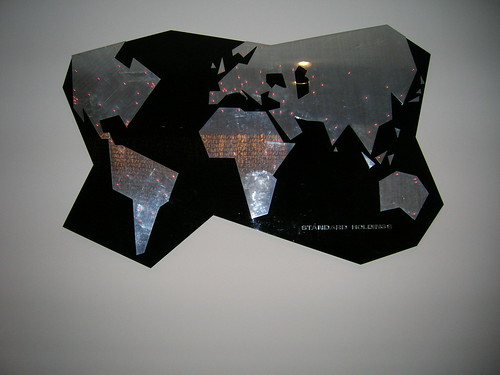2. Speculate on how networks that pervade physical space might knit together in differentiated ways our relationships to our social Networks.
it might make people aware of certain things... only if they pay attention to it...
3. What kinds of social interaction rituals are distinguished or made possible by the existence of digital networked publics?
- permanent connection to the social network leads to the fact that some rituals disappears (I don't say hello to some folks anymore, I am always in contact with them in my buddy list+sms)
- the sharing / exchange / spread of memes, url, cultural content which is INTENTIONAL: I give you this because I infer that you might be interested in it (funny / useful for your job/hobby); "the gift" (marcel mauss): the object that is given bears the identity of the giver. When the recipient receives the gift, they not only receive the object, but the association of that object with the identity of the giver + parties to a relationship of gift exchange are obligated to give gifts, to receive them and to repay them in the appropriate ways.
- distant people are aware of what their social network does/did; when people have offline discussion, people refer to what happened "on the internet"
4. Are RFIDs revolutionary or merely glorified ID tags?
they are promising:
- it's still yet another card
- especially if everybody can have a reader (cell phones)
the RFID washer: jammer is more promising to me
5. What are some pedestrian instances of how networked publics matter vis-a-vis space and place?
some navigation systems (gps but I don't really believe in that), urban information display (bus, metro, train, interoperability of schedule, reported to the public)
more interesting to me: GAMES: location-based games, mobile games, alternative reality games because it reshapes the way we leave the city (dérive/drift), can help discovering new things about the city
6. What about our need to escape from the net?
more important then ever, a crux issue
especially from the cognitive point of view (too much information, cognitive overload, partial attention)
"cold spots"
- electronic ghetto: for poors -> mike davis (blog)
- for the rich who can manage to escape from the net and who knows that they should do it: they are "netless" literate)
7. What is our relationship to place when we use devices that network us while we are moving (walking or driving) versus those that connect us to a network while we are relatively immobile? That is, has our sense of place become as fluid and mobile as our relation to the network?
the attention is different, cognitely speaking
for instance I am lost in a city and very hurried I won't look at my gps phone but ask someone
our attention is still limited anyway
the device engages us with the place to a certain extent
8. More and more of the devices which network us are screen-based, with some visual display and an input device of keyboard, touch pad or touch screen? What do you think are the key reasons for the intransigence of the screen in our social practices of interaction?
that's a pity and I don't like that, my favorite mobile game device would have no screen
we're fed up with screens but currently there are some tech limits, especially in cell phones regarding the massive development of applications that would use lbs, voice or tangible interaction, the industry goes where it's easier: developing on-screen applocations.
but ringtones + the way people personalize their cell phones shows that there is a need to go beyond the screen!
the other problem is that the screen is the standard, the dominant design and it's hard to engage users (I mean ALL users, not just early adopters) in other interactions
9. VRML blew it. Will there be a successor spatiality to HTML?
of course there are stuff like that, especially in the GIS world + also in the open cartography community
there are already few instances: annotating space with metadata; about building semantic models of places; about exchanging geospatial data in RDF, what Jo Walsh does
a simple vocabulary for describing physical spaces and the connections between them
there is also PML: Psychogeographical Markup Language:
PML is a unified system to capture meaningful psychogeographical [meta]data about spaces which can be used to compose psychogeograms: diagrammatic representations of psychogeographically experienced space.
10. Are MMORPGs just glorified MUDs? Or do they really portend a new
spatiality?
there's indeed a big debate about it
raph koster talked about that http://www.raphkoster.com/2006/03/31/are-muds-and-mmorpgs-the-same-thing/
graphics are not always more immersive (uncanny valley!)
the level of information available is hugely more important in MMORPG
YES NEW spatiality
in terms of spatiality, the physical representation can create local affordances (topology)
but the main change is that there is an isomorphic representation of the character to the player: it's not textual: then there could be Proxemics issue (Philip Jeffrey's study), you can also follow eye gaze: COPRESENCE AFFORDANCES are very present in MMORPG and different than in MUD (it was more explicit: you had to type: look at XXX)
11. How will space and architecture deform in connection to place? Will
cities transform radically as they did during the development of modernity?
the end of cheap oil may be a more radical change
but as jeffrey huang said there are new places
+ electronic ghettos
+ disconnected ghettos for the rich
13. Is our culture of connectivity also a culture of disconnectivity? How much is the real world losing to the virtual? Is it?
THERE should absolutely be a culture of disconnectivity:
1) the systems are not semafuls, people should be aware of that, to deal with uncertainty, discrepancies (fabien's thesis)
2) people should understand the value of being disconnected
14. What is more important today, the visible or the invisible? What is their relationship?
the articulation of both
the advent of virtual space made think that the invisible was important but it's not true
15. What is the future of place?
more variety, more intricacies (a place is not just a café: it's a café+ meeting room + working place...)
and those who will make the changes possible are not the one you expect: JC Decaux, bathroom facilities (geberit)... they are ubiquitous and want to take advantage of that

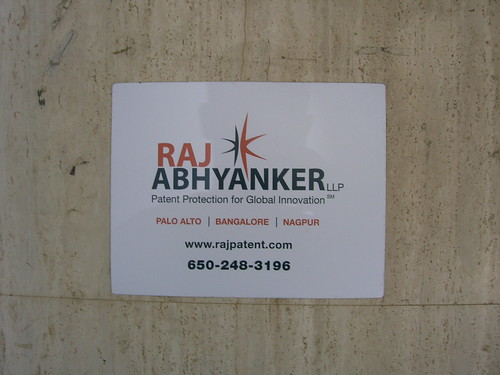
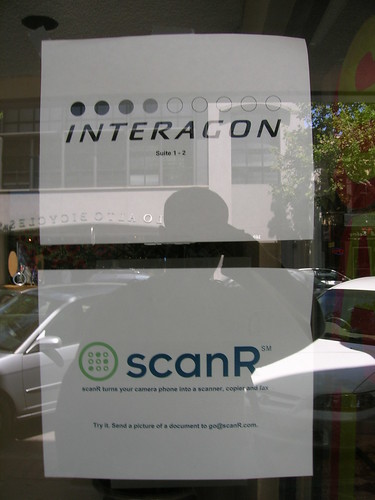





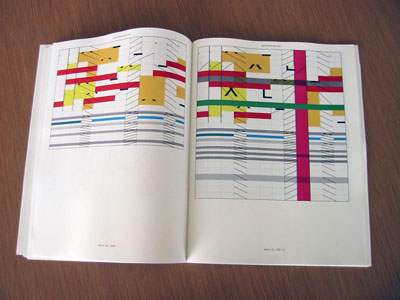
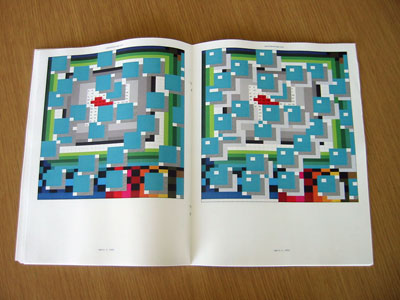 Why do I blog this? it definitely reminds me how game designers were doing level design 4-5 years ago. They were basically using excel spreadsheets to create spatial topographies and I found it nice and interesting at that time. This art project then nicely reflects the aesthetical practices of excel. The two I put there are gorgeous.What thismakes you think? Would it be the representation of something? For me it's an instanciation of an imaginary world.
Why do I blog this? it definitely reminds me how game designers were doing level design 4-5 years ago. They were basically using excel spreadsheets to create spatial topographies and I found it nice and interesting at that time. This art project then nicely reflects the aesthetical practices of excel. The two I put there are gorgeous.What thismakes you think? Would it be the representation of something? For me it's an instanciation of an imaginary world.